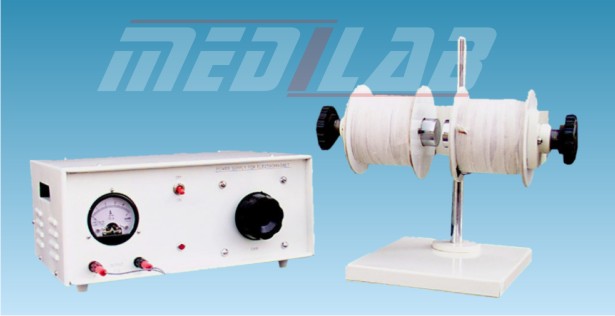Description
The susceptibility of FeCl3 solution or Quinck’s tube method is a laboratory technique used to measure the magnetic susceptibility of a solution containing iron (III) chloride (FeCl3).
The technique involves filling a thin, glass tube called a Quinck’s tube with the FeCl3 solution, which is then inserted into a strong magnetic field generated by an electromagnet. The magnetic field causes the solution to become magnetized, and the amount of magnetization is measured using a device called a Gaussmeter.
By measuring the amount of magnetization, the magnetic susceptibility of the FeCl3 solution can be calculated. Magnetic susceptibility is a measure of how easily a material can be magnetized in response to an external magnetic field and is an important property in many fields such as material science, geology, and physics.
The susceptibility of FeCl3 solution or Quinck’s tube method is a simple and widely used technique for measuring magnetic susceptibility and is particularly useful for studying the magnetic properties of paramagnetic materials.
Why Choose Us?
MEDILAB is your trusted bulk supplier for high-quality FeCl3 solution using the Quincke’s tube method. We pride ourselves on delivering reliable products to laboratories and researchers around the globe. Our commitment to excellence ensures that you receive the best materials for your scientific needs. We ship worldwide and are ready to meet your bulk order requirements. Contact us today for more information, pricing, and a tailored quote. Choose MEDILAB for all your laboratory supply needs.
Write to us at – [email protected], for any inquiries.







